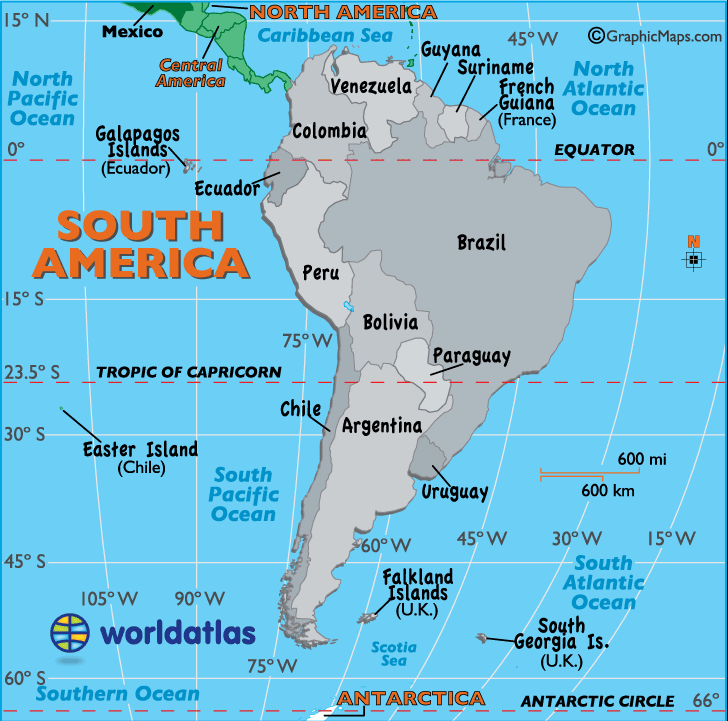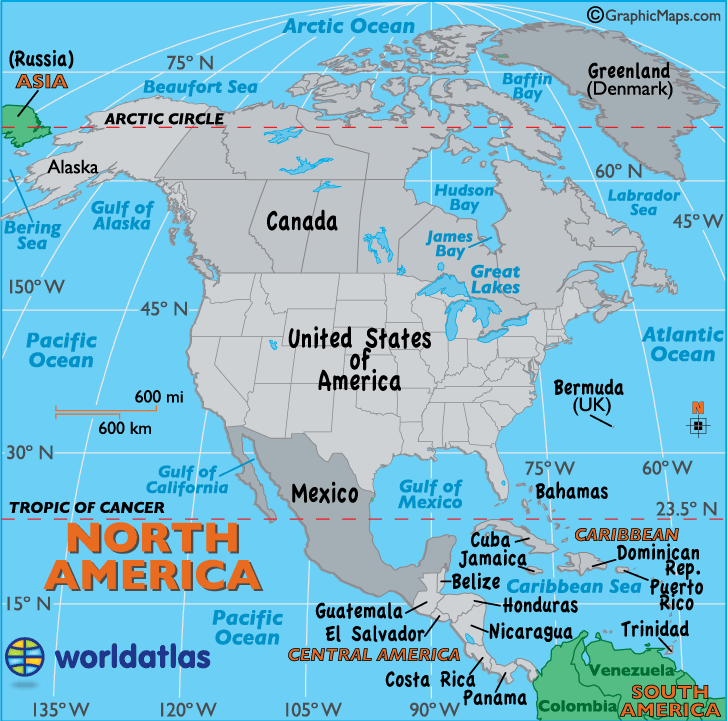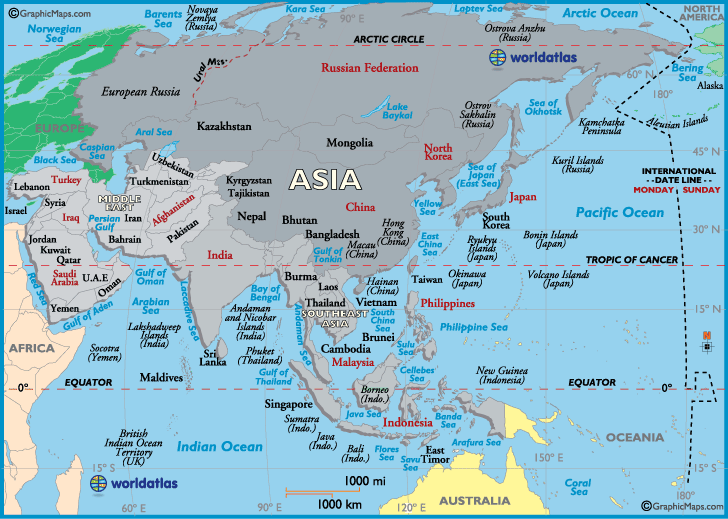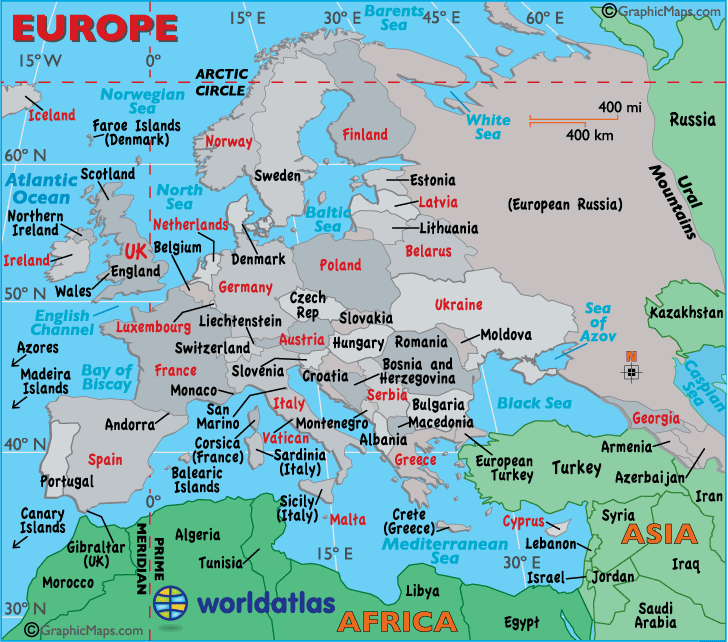South America
South America is the world’s fourth largest continent by land area, and the world’s third most populous. It is mostly situated in the southern hemisphere, with the exception of a small area of the northernmost portion of the continent. It is found completely in the western hemisphere. South America is bordered by the Atlantic Ocean in the east, the Pacific Ocean in the west, the Southern Ocean in the south, and North America in the north.
South America’s climate ranges from the dry Andacan Desert to the lush rain forests of the Amazon. The Andean Plateau, which is found atop the Andes Mountains, is the world’s largest plateau outside of Tibet. South America is home to amazing species of flora and fauna, including unique tropical birds and monkeys.
Brazil is the most populated country in South America, followed by Colombia and Argentina. The most popular language in South America is Spanish, although there is a high number of Portuguese speakers due to its status as the official language of Brazil. English is the official language in Guyana, while Dutch is spoken in Suriname.
South America has an area of 17,840,000 square kilometers (6,890,000 sq mi). Its population as of 2016 has been estimated at more than 420 million.[1] South America ranks fourth in area (after Asia, Africa, and North America) and fifth in population (after Asia, Africa, Europe, and North America). Brazil is by far the most populous South American country, with more than half of the continent's population, followed by Colombia, Argentina, Venezuela and Peru. In recent decades Brazil has also concentrated half of the region's GDP and has become a first regional power.
Geography
South America occupies the southern portion of the Americas. The continent is generally delimited on the northwest by the Darién watershed along the Colombia–Panama border, although some may consider the border instead to be the Panama Canal. Geopolitically and geographically all of Panama – including the segment east of the Panama Canal in the isthmus – is typically included in North America alone and among the countries of Central America. Almost all of mainland South America sits on the South American Plate.
South America is home to the world's highest uninterrupted waterfall, Angel Falls in Venezuela; the highest single drop waterfall Kaieteur Falls in Guyana; the largest river by volume, the Amazon River; the longest mountain range, the Andes (whose highest mountain is Aconcagua at 6,962 m or 22,841 ft); the driest non-polar place on earth, the Atacama Desert; the largest rainforest, the Amazon Rainforest; the highest capital city, La Paz, Bolivia; the highest commercially navigable lake in the world, Lake Titicaca; and, excluding research stations in Antarctica, the world's southernmost permanently inhabited community, Puerto Toro, Chile.
History
South America is believed to have been joined with Africa from the late Paleozoic Era to the early Mesozoic Era, until the supercontinent Pangaea began to rift and break apart about 225 million years ago. Therefore, South America and Africa share similar fossils and rock layers.
South America is thought to have been first inhabited by humans when people were crossing the Bering Land Bridge (now the Bering Strait) at least 15,000 years ago from the territory that is present-day Russia. They migrated south through North America, and eventually reached South America through the Isthmus of Panama.
The first evidence for the existence of the human race in South America dates back to about 9000 BC, when squashes, chili peppers and beans began to be cultivated for food in the highlands of the Amazon Basin. Pottery evidence further suggests that manioc, which remains a staple food today, was being cultivated as early as 2000 BC.
Politics
Historically, the Hispanic countries were founded as Republican dictatorships led by caudillos. Brazil was the only exception, being a constitutional monarchy for its first 67 years of independence, until a coup d'état proclaimed a republic. In the late 19th century, the most democratic countries were Brazil, Chile, Argentina and Uruguay.
In the interwar period, nationalism grew stronger on the continent, influenced by countries like Nazi Germany and Fascist Italy. A series of authoritarian rules broke out in South American countries with views bringing them closer to the Axis Powers, like Vargas's Brazil. In the late 20th century, during the Cold War, many countries became military dictatorships under American tutelage in attempts to avoid the influence of the Soviet Union. After the fall of the authoritarian regimes, these countries became democratic republics.
During the first decade of the 21st century, South American governments have drifted to the political left, with leftist leaders being elected in Chile, Uruguay, Brazil, Argentina, Ecuador, Bolivia, Paraguay, Peru and Venezuela. Most South American countries are making increasing use of protectionist policies, helping local development.
Economy
South America relies less on the export of both manufactured goods and natural resources than the world average; merchandise exports from the continent were 16% of GDP on an exchange rate basis, compared to 25% for the world as a whole. Brazil (the seventh largest economy in the world and the largest in South America) leads in terms of merchandise exports at $251 billion, followed by Venezuela at $93 billion, Chile at $86 billion, and Argentina at $84 billion.
Since 1930, the continent has experienced remarkable growth and diversification in most economic sectors. Most agricultural and livestock products are destined for the domestic market and local consumption. However, the export of agricultural products is essential for the balance of trade in most countries.
The main agrarian crops are export crops, such as soy and wheat. The production of staple foods such as vegetables, corn or beans is large, but focused on domestic consumption. Livestock raising for meat exports is important in Argentina, Paraguay, Uruguay and Colombia. In tropical regions the most important crops are coffee, cocoa and bananas, mainly in Brazil, Colombia and Ecuador. Traditionally, the countries producing sugar for export are Peru, Guyana and Suriname, and in Brazil, sugar cane is also used to make ethanol. On the coast of Peru, northeast and south of Brazil, cotton is grown. Fifty percent of the South American surface is covered by forests, but timber industries are small and directed to domestic markets. In recent years, however, transnational companies have been settling in the Amazon to exploit noble timber destined for export. The Pacific coastal waters of South America are the most important for commercial fishing. The anchovy catch reaches thousands of tons, and tuna is also abundant (Peru is a major exporter). The capture of crustaceans is remarkable, particularly in northeastern Brazil and Chile.
Tourism
Tourism has increasingly become a significant source of income for many South American countries.
Historical relics, architectural and natural wonders, a diverse range of foods and culture, vibrant and colorful cities, and stunning landscapes attract millions of tourists every year to South America. Some of the most visited places in the region are Iguazu Falls, Recife, Olinda, Machu Picchu, Bariloche, the Amazon rainforest, Rio de Janeiro, São Luís, Salvador, Fortaleza, Maceió, Buenos Aires, Florianópolis, San Ignacio Miní, Isla Margarita, Natal, Lima, São Paulo, Angel Falls, Brasília, Nazca Lines, Cuzco, Belo Horizonte, Lake Titicaca, Salar de Uyuni, Jesuit Missions of Chiquitos, Los Roques archipelago, Gran Sabana, Patagonia, Tayrona National Natural Park, Santa Marta, Bogotá, Cali, Medellín, Cartagena, Perito Moreno Glacier and the Galápagos Islands. In 2016 Brazil hosted the 2016 Summer Olympics.
Culture
South Americans are culturally influenced by their indigenous peoples, the historic connection with the Iberian Peninsula and Africa, and waves of immigrants from around the globe.
South American nations have a rich variety of music. Some of the most famous genres include vallenato and cumbia from Colombia, pasillo from Colombia and Ecuador, samba, bossa nova and música sertaneja from Brazil, and tango from Argentina and Uruguay. Also well known is the non-commercial folk genre Nueva Canción movement which was founded in Argentina and Chile and quickly spread to the rest of the Latin America.



